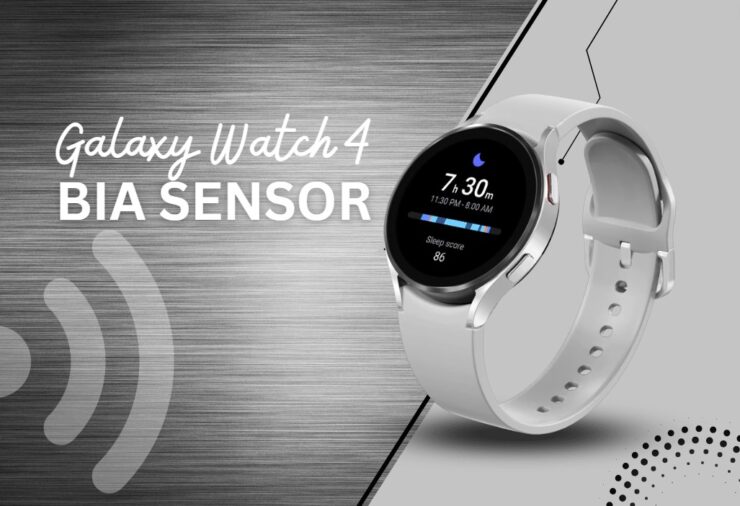The rapid advancement of technology has revolutionized the way we live our lives, and the Galaxy Watch 4 is a perfect example of this. Samsung’s flagship smartwatch is more than just a timekeeping device; it is an essential tool that helps users achieve a healthier lifestyle. Among its many advanced features is the revolutionary Bia Sensor – a powerful tool that puts the power of health monitoring right on your wrist.
Discover how the Galaxy Watch 4’s innovative Bia sensor works seamlessly to capture and analyze vital performance data, much like the way a GPS tracker revolutionizes football with its powerful data insights.
In this comprehensive guide, we will explore the Bia Sensor in detail, explaining what it is, how it works, and how you can use it to optimize your health and fitness routine. So, whether you are a fitness enthusiast or someone curious about wearable health technology, this article will provide all the information you need to understand this cutting-edge innovation.
A Brief Overview of Bia Sensor
The term “Bia Sensor” refers to a bioelectrical impedance analysis sensor. Bioelectrical impedance analysis, or BIA, is a method used to estimate a person’s body composition, particularly their body fat percentage and lean body mass. The Galaxy Watch 4 incorporates this BIA technology into a small, wearable sensor, allowing users to monitor their body composition in real time.
How Does It Work?
The Bia Sensor operates by sending a small, safe electrical current through the body. This current encounters resistance as it travels through various tissues, with the level of resistance varying depending on the type of tissue. Fat, muscle, and water all possess different electrical conductivities, which means that the sensor can estimate the proportions of each within the body.
The sensor’s electrodes make contact with the skin, creating a closed circuit. The electrical current then flows through the body and back to the sensor, where the resistance is measured. By utilizing complex algorithms, the Galaxy Watch 4 then calculates the user’s body composition, providing valuable insights into their overall health and fitness.
How to use the Bia Sensor on the Galaxy Watch 4?
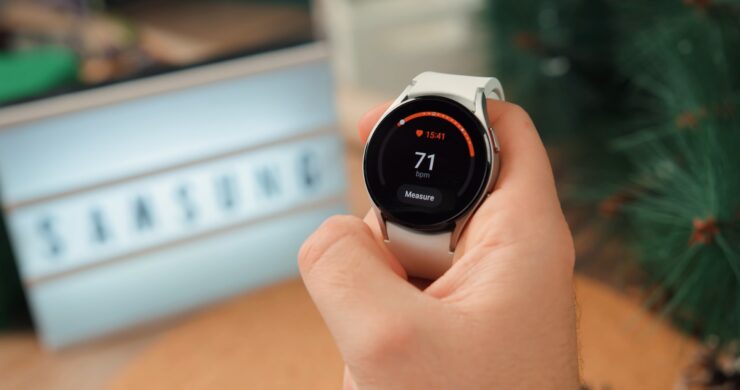
Using the Bia Sensor on the Galaxy Watch 4 is a simple and straightforward process. Follow these steps to measure your body composition:
- Ensure that your Galaxy Watch 4 is properly connected to your smartphone via Bluetooth and that the Samsung Health app is installed on your phone.
- Ensure that you are wearing the watch correctly, with the device’s back panel in full contact with your skin.
- Open the Samsung Health app on your Galaxy Watch 4 and navigate to the “Body Composition” tab.
- Follow the on-screen instructions to initiate the measurement process. You will be prompted to place two fingers (preferably your thumb and index finger) on the two buttons on the watch’s side.
- Hold this position for a few seconds while the Bia Sensor takes the measurement.
- Once the measurement is complete, the results will be displayed on the watch’s screen, and the data will be synced with the Samsung Health app on your smartphone.
It is essential to keep in mind that the accuracy of the Bia Sensor can be affected by various factors, such as hydration levels, recent exercise, and body temperature. To obtain the most accurate results, it is recommended to take measurements at consistent times (e.g., in the morning) and under similar conditions (e.g., at least two hours after exercising, eating, or drinking).
How can the Bia Sensor benefit your health and fitness routine?
The Bia Sensor on the Galaxy Watch 4 offers several advantages when it comes to optimizing your health and fitness routine:
Track progress
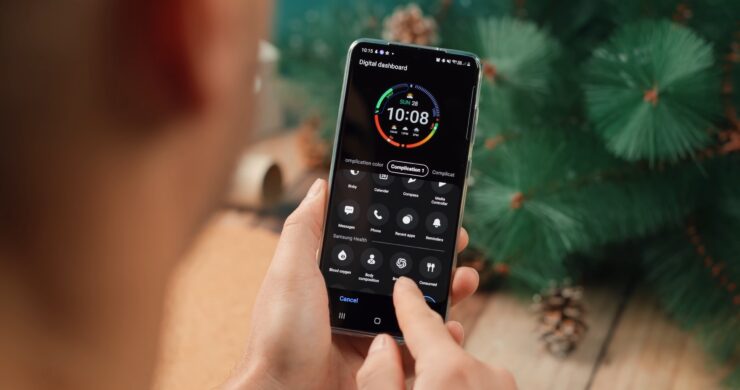
By regularly monitoring your body composition, you can easily track your progress and evaluate the effectiveness of your fitness regimen. This allows you to make informed decisions about any necessary adjustments to your workouts and nutrition plan.
Set realistic goals
Having an accurate understanding of your body composition enables you to set achievable and realistic fitness goals. The Bia Sensor’s data can help you develop a plan tailored to your specific needs, whether it’s losing fat, building muscle, or improving overall health.
Motivation
Seeing tangible improvements in your body composition can be a powerful motivator to stay committed to your fitness journey. The Bia Sensor allows you to monitor your progress in real time, providing the encouragement you need to stay consistent and focused on your goals.
Identify potential health risks
Regular body composition analysis can help identify potential health risks, such as obesity, and enable early intervention. By keeping an eye on your body fat percentage and other metrics, you can take proactive measures to maintain a healthy lifestyle and reduce the risk of chronic diseases.
Optimize training
Understanding your body composition can help you optimize your workouts by identifying areas that may need more attention. For example, if the Bia Sensor reveals that you have a higher body fat percentage than desired, you may choose to incorporate more cardio exercises or adjust your caloric intake.
Limitations of Bia Sensor technology
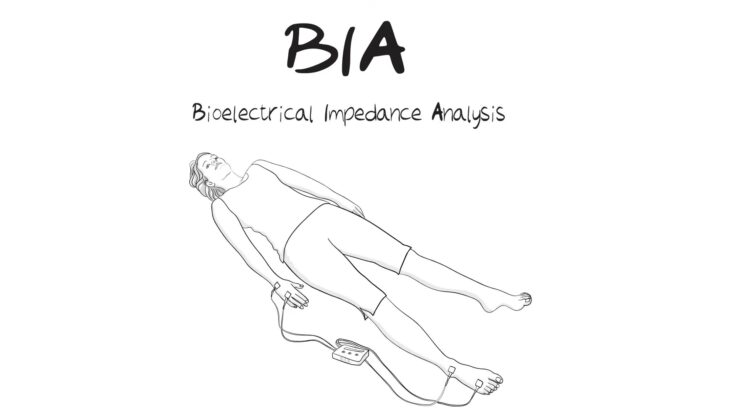
While the Bia Sensor on the Galaxy Watch 4 provides valuable insights into your body composition, it is crucial to be aware of the technology’s limitations. Factors such as hydration levels, recent exercise, and the presence of metal implants or pacemakers can impact the accuracy of the measurements.
Additionally, BIA technology is generally considered less accurate than other body composition measurement methods, such as dual-energy x-ray absorptiometry (DEXA) or hydrostatic weighing. Nevertheless, the Bia Sensor is still a useful tool for tracking trends and changes in body composition over time when used consistently and under similar conditions.
Frequently Asked Questions
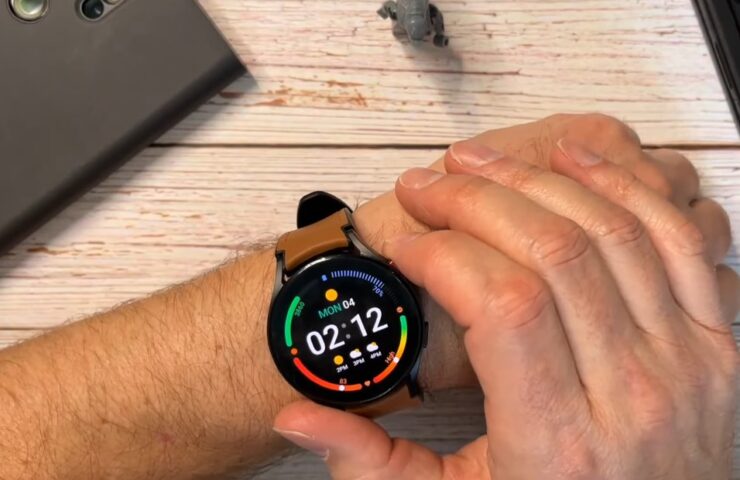
1. How accurate is the Bia Sensor on the Galaxy Watch 4?
The accuracy can be influenced by factors such as hydration levels, recent exercise, and body temperature. While it may not be as accurate as other methods like DEXA scans or hydrostatic weighing, the Bia Sensor is still a valuable tool for tracking trends in body composition over time when used consistently and under similar conditions.
2. Can the Bia Sensor replace a visit to a healthcare professional for body composition analysis?
While it provides valuable insights into your body composition, it should not replace a visit to a healthcare professional for a comprehensive analysis. BIA technology has limitations, and a healthcare professional may use more accurate methods to assess your body composition and provide personalized advice.
3. Can I use the Bia Sensor if I have a pacemaker or metal implant?
It is not recommended to use it if you have a pacemaker or any other electronic medical device, as the electrical current sent through the body could interfere with the device’s function. Additionally, metal implants may affect the accuracy of the measurements. Consult your healthcare provider for advice on alternative methods to assess body composition.
4. How often should I use the Bia Sensor to measure my body composition?
To track your progress effectively, it is recommended to measure your body composition consistently, such as once a week or once a month. This allows you to monitor changes over time and adjust your fitness plan accordingly. Remember to take measurements at similar times and under consistent conditions to ensure accurate results.
5. Can the Bia Sensor on the Galaxy Watch 4 be used by children?
The Galaxy Watch 4 is designed for use by individuals aged 18 and older. The sensor may not provide accurate results for children or adolescents, as their bodies are still developing. Consult a healthcare professional for appropriate methods to assess body composition in children.
6. Can the Bia Sensor help me lose weight?
It cannot directly cause weight loss; however, it can help you make informed decisions about your fitness routine and nutrition plan by providing insights into your body composition. By tracking your progress and setting realistic goals, you can work towards a healthier lifestyle and, ultimately, weight loss.
Closing Thoughts
The Bia Sensor on the Galaxy Watch 4 is a groundbreaking innovation that brings the power of bioelectrical impedance analysis to your wrist. This advanced technology allows users to measure their body composition easily, enabling them to make informed decisions about their health and fitness routines. By understanding the Bia Sensor’s capabilities and limitations, you can harness this cutting-edge tool to optimize your workouts, track your progress, and achieve your health and fitness goals.

